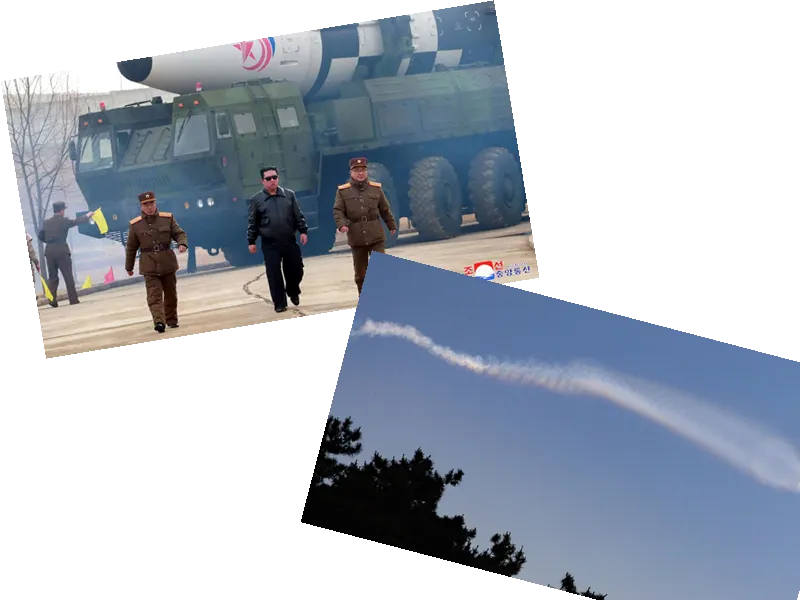North Korea's Hypersonic Missile Test Ends in Failure
Tensions between North Korea and South Korea have escalated to unprecedented levels following the latest failed missile test by Pyongyang. On June 26, North Korea launched a hypersonic missile from near its capital, Pyongyang. The missile flew approximately 250 kilometers before it exploded in the air, scattering debris over the Sea of Japan. The South Korean General Staff and Japan's coast guard confirmed the launch and subsequent failure.
Hypersonic Weapons: A Growing Threat
Hypersonic missiles, which can travel at speeds exceeding five times the speed of sound, are particularly challenging to intercept due to their high speed and maneuverability. Despite international sanctions aimed at curbing its nuclear and missile programs, North Korea has continued to develop these advanced weapons. The failed test is believed to be part of an ongoing effort to enhance the performance of its solid-fuel hypersonic ballistic missiles.
Rising Tensions and Military Exercises
The missile test occurred just before a planned military exercise involving the US Navy and the naval forces of South Korea and Japan. The exercise, codenamed 'Freedom Edge,' will see the participation of the aircraft carrier USS Theodore Roosevelt and two US destroyers. South Korean President Yoon Suk Yeol emphasized the US's commitment to defending its ally during a visit to the aircraft carrier. North Korea's Vice Defense Minister Kim Kang Il condemned the joint military exercises as 'provocative behavior,' further inflaming tensions on the Korean Peninsula.
North Korea's Provocative Actions
In addition to the missile test, North Korea has been engaging in other provocative actions. Since mid-May, it has been sending balloons filled with garbage into South Korea. These balloons have disrupted daily life, including causing a temporary halt in flight operations at Incheon Airport. The recent missile launch and the ongoing balloon campaign highlight the deteriorating relations between the two Koreas, with North Korea showing no signs of de-escalating its aggressive stance.
- The Joint Chiefs of Staff in South Korea noted that the missile produced more smoke than usual, suggesting a potential problem with the propellant engine. This anomaly was observed from various locations, including Baengnyeong Island and Yeonpyeong Island.
- North Korea has claimed successful test-fires of new medium-to-long-range solid fuel hypersonic ballistic missiles earlier this year. However, the latest failure indicates ongoing challenges in their missile development program.
- In response to North Korea's actions, South Korea and the United States have increased their defense cooperation. The arrival of the USS Theodore Roosevelt and the planned military exercise are clear demonstrations of this enhanced collaboration.
- North Korea's recent activities, including the launch of waste balloons and the failed missile test, are seen as complex provocations aimed at destabilizing the region. The international community continues to monitor the situation closely, with hopes of preventing further escalation.






